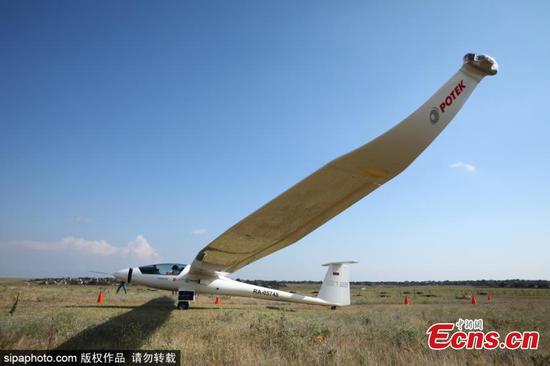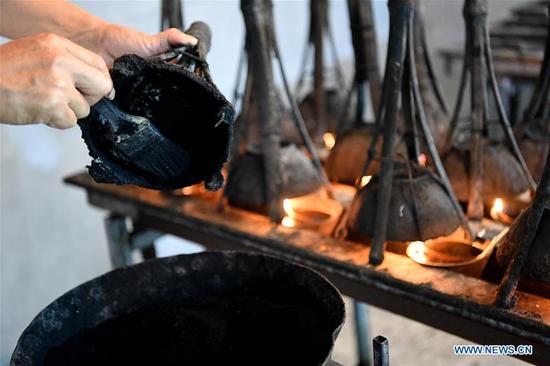Employers in the United States added 224,000 nonfarm jobs in June, up from 72,000 created in May, but the solid jobs report wasn't good news for the U.S. stock market, because it made less likely that the Federal Reserve Bank, or Fed, will cut its benchmark interest rate later this month.
Slower economic growth and uncertainty stemming from the continuing U.S.-China trade disagreement, however, may support a quarter-point cut, analysts said.
Investment bank Morgan Stanley expected 169,000 jobs to be added in June. It was the 105th consecutive month employment has increased, the Labor Department reported on Friday.
The June employment report provided the first full-month look at the labor market since U.S. President Donald Trump hiked tariffs to 25 percent from 10 percent on Chinese imports valued at $200 billion on May 10.
The Federal Reserve Bank of Atlanta said the economy grew at an annual rate of 1.3 percent in the second quarter ended June 30 after growing at a 3.1 percent annual rate in the first quarter.
The Labor Force Participation rate, the share of working-age adults working or looking for a job, rose to 62.9 percent from 62.8 percent in May. The unemployment rate edged up to 3.7 percent in June because more U.S. citizens returned to the labor force to look for work.
"The June jobs report surpassed expectations adding 224,000 jobs to the economy, totaling 5.6 million jobs created since January 2017," U.S. Secretary of Labor Alexander Acosta said in a statement. "The Asian American unemployment rate set a new low at 2.1 percent."
Overall, the pace of hiring in 2019 has slowed from 2018, when employers added an average of 223,000 jobs a month. This suggests a slower rate of growth, but not a recession.
The still tight job market means employers must scramble to attract and retain qualified workers by offering better pay and benefits. In June, wages rose 3.1 percent from a year earlier. However, weekly pay grew at an annualized rate of 3.7 percent in the first half of the year, a decline from 5.4 percent in 2018. The dip reflects slower hiring.
Trump has said the current Fed funds rate of 2.25 to 2.50 percent constrains economic growth and has urged a cut. He said on Friday: "If we had a Fed that would lower interest rates, we would be like a rocket ship. We don't have a Fed that knows what it's doing."
Some analysts believe the Federal Open Market Committee will cut rates by one-quarter of one percent when it meets July 30-31, but others believe the cut will be delayed until early fall.
Some analysts predicted a half-point cut before the June jobs report, but most observers believe that now seems unlikely and foresee two cuts of a quarter point each before the end of the year. The Fed could also leave rates unchanged.
A cut in interest rates would boost stocks and cut yields on bonds. The Dow Jones industrial average hit 26,966 on July 3, surpassing its previous record close of 26,828.39 on Oct 3, 2018. It closed on Friday at 26,922.12, down 43.88 points or 0.16 percent.
The continuing U.S.-China trade disagreement has roiled the markets, but Trump's decision to permit Huawei to resume purchases from U.S. companies has calmed fears and boosted semiconductor stocks.
The strong jobs report is good news for Trump's reelection prospects in 2020. Since 1900, about 80 percent of incumbent presents have been reelected. Since Franklin Roosevelt won the White House in 1932, every incumbent president who campaigned with a strong economy has been reelected.
A trade deal with China, or at least an ongoing truce, means a recession in 2020 is unlikely and that would improve Trump's chances of winning a second term.


















































